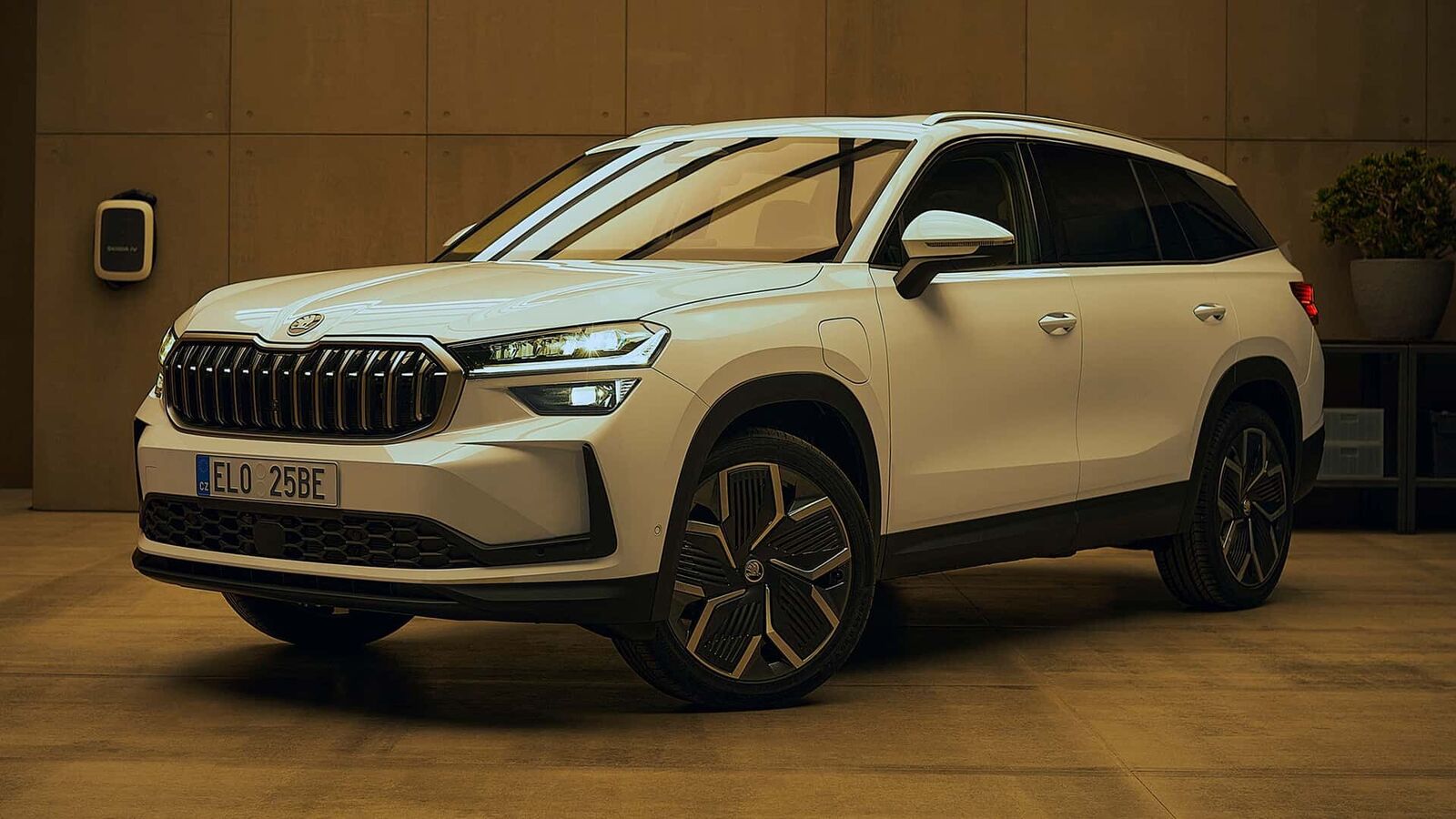1. How have e-bikes changed or impacted the business landscape?
E-bikes have transformed various industries, particularly urban transportation, last-mile delivery, and tourism. They have disrupted traditional commuting by providing a sustainable and cost-effective alternative to cars, increasing demand for bike-sharing programs and personal ownership. Businesses in logistics (like food delivery and courier services) have adopted e-bikes to reduce operational costs and delivery times. Retail and manufacturing have also seen a boom, with major investments in battery technology, smart connectivity, and direct-to-consumer sales models. Additionally, e-bikes have spurred urban infrastructure changes, encouraging cities to invest in bike lanes and charging stations.
2. What goals and strategies are used across the different markets that have adapted e-bikes?
Different markets have varied goals and strategies based on local demand, infrastructure, and regulations:
- Europe: Focuses on sustainability, government incentives, and widespread bike-friendly infrastructure. Many European cities integrate e-bikes into public transport systems.
- China: Mass adoption is driven by affordability, high urban density, and a robust domestic manufacturing ecosystem.
- North America: Growth strategies focus on lifestyle branding, premium models, and integration into shared mobility services.
- Southeast Asia & India: E-bikes serve as an affordable alternative to motorcycles, particularly for ride-hailing and delivery sectors.
Key strategies include government partnerships, technological innovation (e.g., longer battery life, IoT integration), and financing options to increase accessibility.
3. What analytic tools and KPIs have helped drive innovation and insight in the e-bike industry?
Businesses use a range of tools and KPIs to optimize performance:
- Analytic Tools:
- Telematics & IoT Data: Track battery usage, ride patterns, and maintenance needs.
- GIS Mapping & Heatmaps: Identify high-demand areas for rental fleets.
- AI & Predictive Analytics: Forecast demand, pricing models, and user behavior.
- KPIs:
- Customer Adoption Rate (growth in sales/subscriptions)
- Battery Performance Metrics (range, degradation, charge cycles)
- Cost per Mile/Km (operational efficiency for delivery/logistics companies)
- Fleet Utilization Rate (for shared e-bike services)
- Carbon Emission Reduction (for sustainability goals)
4. How do e-bikes create competitive advantage, and what is needed to stay ahead of competitors?
E-bikes offer a competitive advantage by providing a mix of sustainability, cost-efficiency, and convenience. Companies that integrate smart technology, superior battery efficiency, and flexible ownership models (such as leasing and subscriptions) can stand out.
To stay ahead, businesses should focus on:
- Battery & Motor Innovation: Longer-lasting, fast-charging batteries.
- Smart Connectivity: GPS tracking, theft prevention, app integration.
- Regulatory Compliance & Incentives: Adapting to evolving urban mobility policies.
- Sustainability Initiatives: Recycling programs, eco-friendly materials.
- Strategic Partnerships: Collaborations with ride-sharing companies, municipalities, and e-commerce businesses.
5. With e-bikes being so popular in places like Europe, how do you see the U.S. following suit with e-bike integration?
The U.S. is gradually adopting e-bikes, though challenges like car-centric infrastructure and regulatory inconsistencies slow progress. However, trends indicate growing acceptance:
- Government Incentives: Some states offer tax credits and rebates, similar to Europe’s subsidy models.
- Urban Infrastructure Investments: Cities like New York and San Francisco are expanding bike lanes and e-bike-sharing programs.
- Corporate Adoption: Logistics companies (e.g., UPS, FedEx) are using e-bikes for last-mile delivery.
- Cultural Shift: Younger generations and eco-conscious consumers are driving demand for sustainable transport.
With increasing fuel costs, environmental awareness, and policy changes, e-bike adoption in the U.S. is likely to accelerate, especially in urban and suburban areas.




